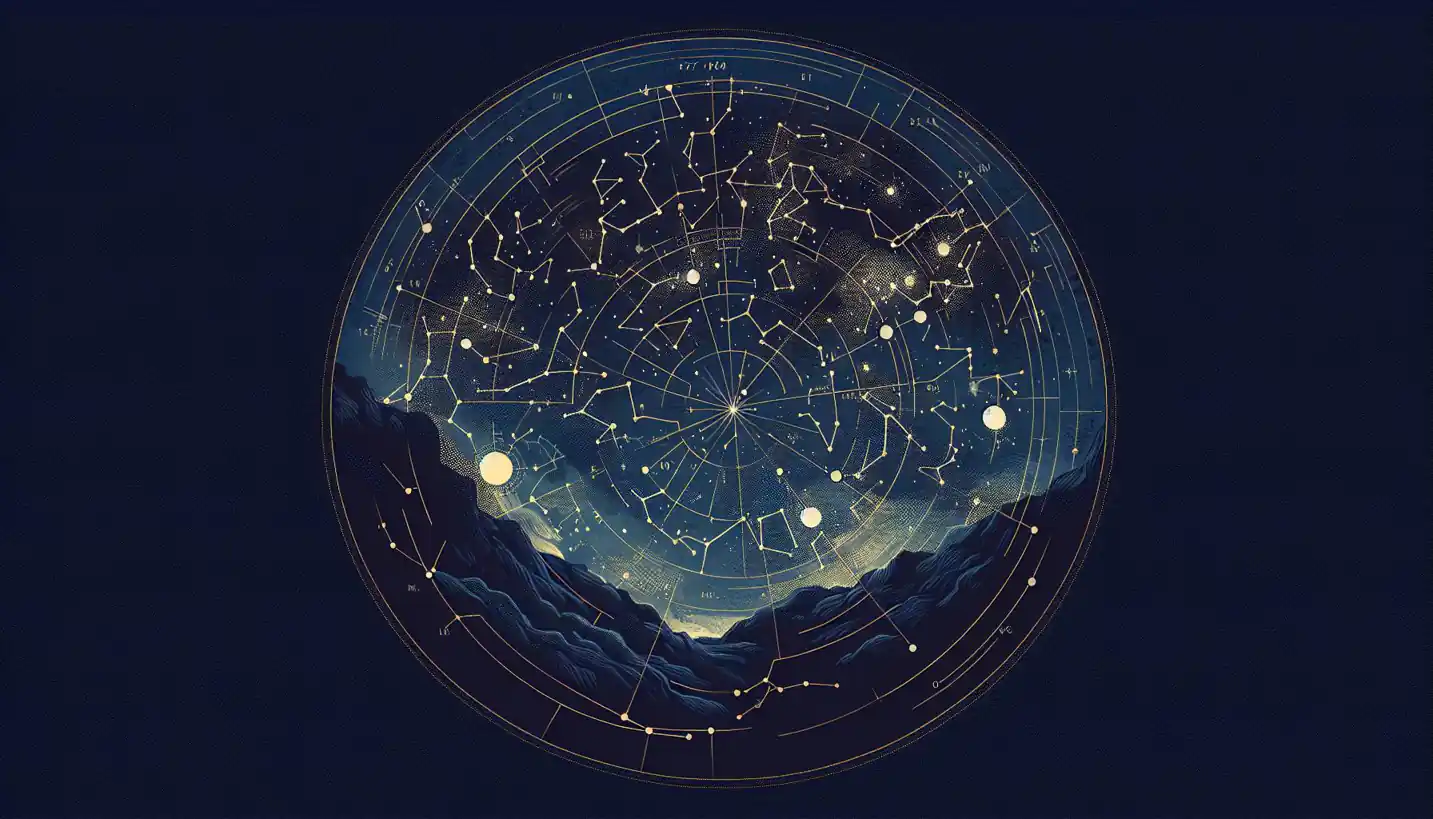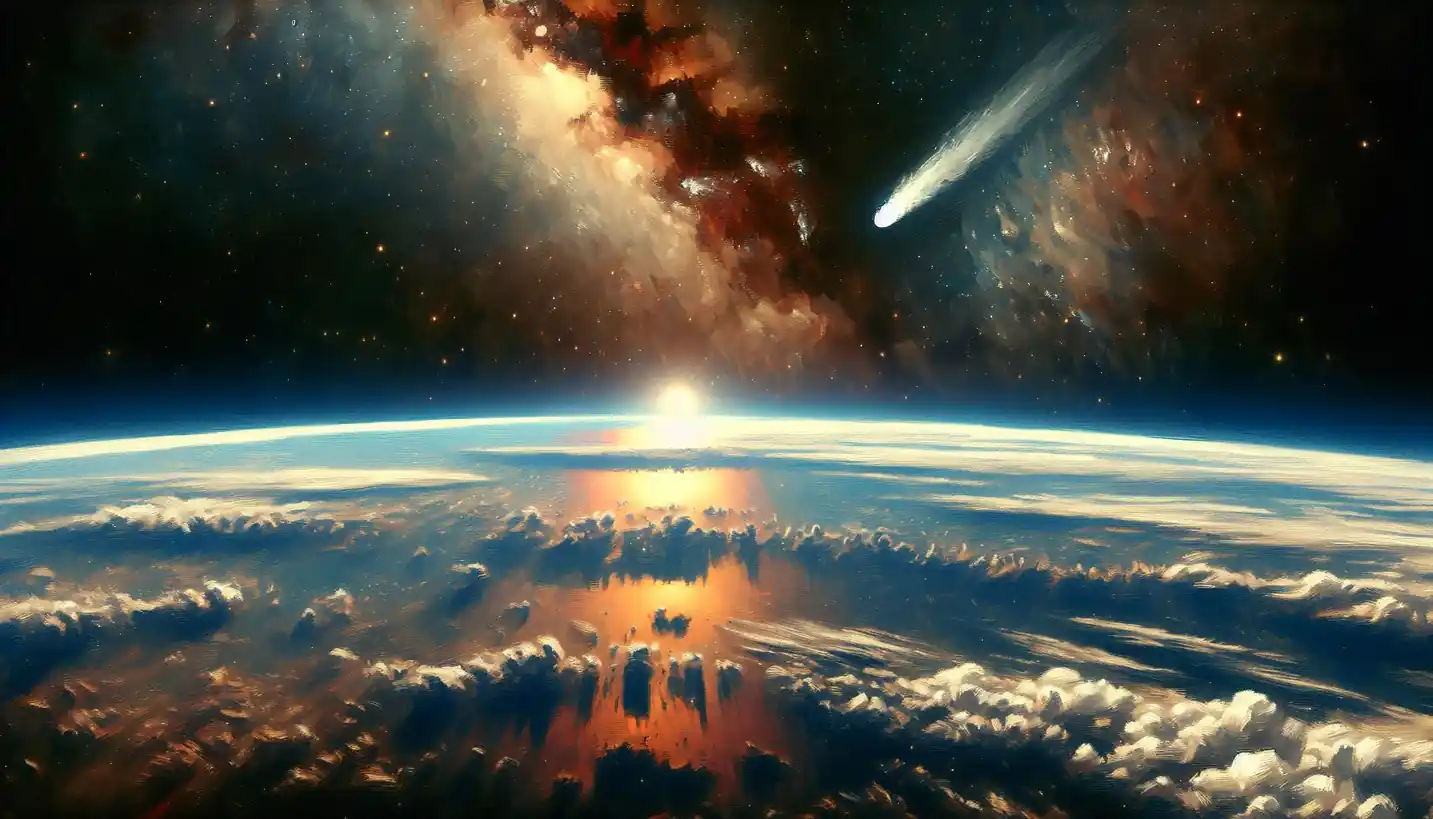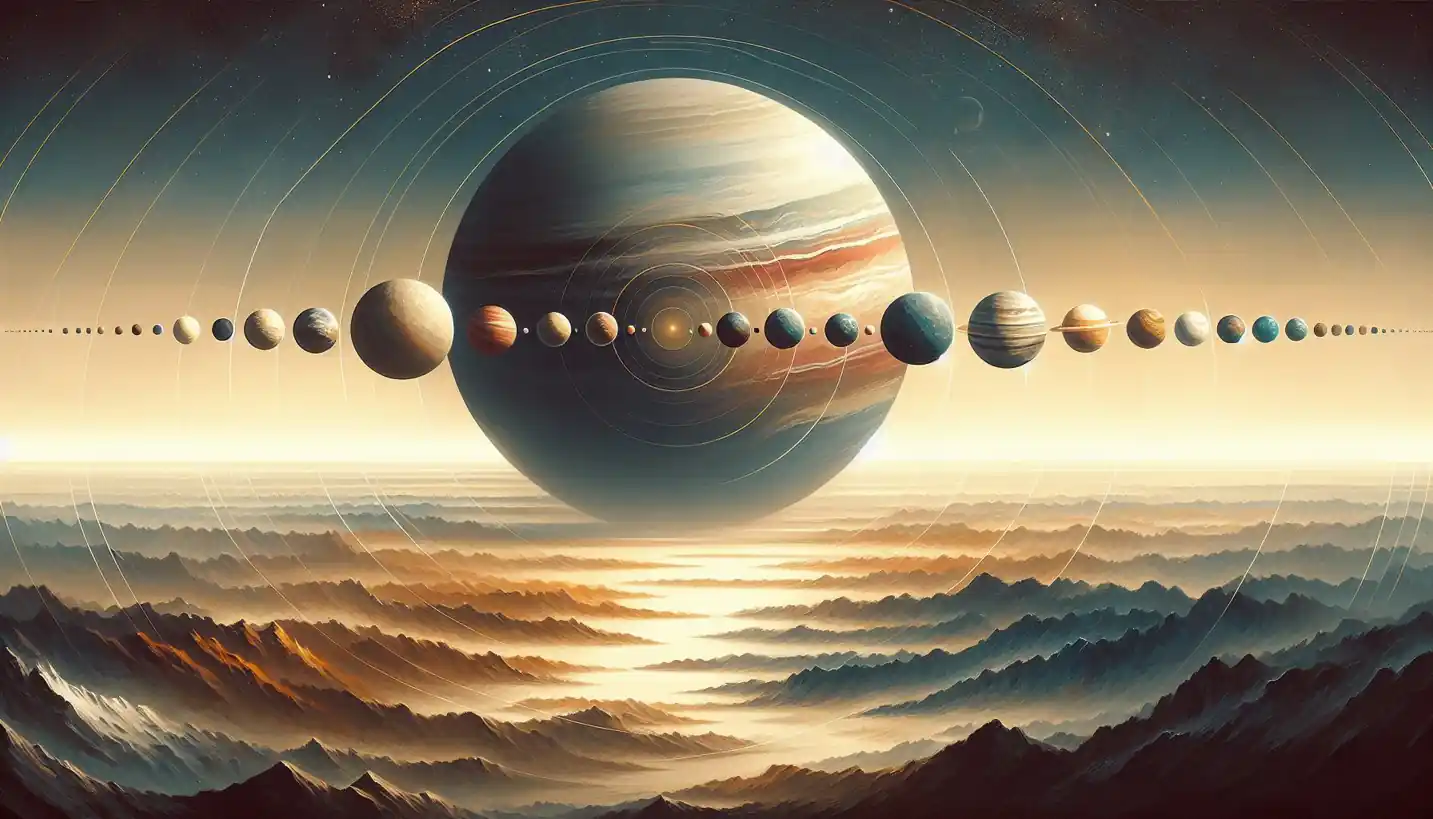· Astronomy · 5 min read
Gaian Bottleneck: The Astrobiological Puzzle
The Gaian Bottleneck hypothesis addresses why life might be rare in the universe. Investigate how early extinction events could limit the spread of life.

Picture this: billions of stars scattered across a dark velvet sky, each one potentially hosting planets teeming with life. Yet, with all those stars and those countless planets, why haven’t we stumbled upon other civilizations? This is where the Gaian Bottleneck comes into the picture—a fascinating concept in astrobiology and astronomy that tries to explain this cosmic mystery.
What is the Gaian Bottleneck?
The term “Gaian Bottleneck” refers to the idea that life in the universe is rare, not because it’s hard to start, but because it’s incredibly difficult to sustain. The concept borrows from the Gaia hypothesis, which suggests Earth’s biosphere and environment are tightly linked in a self-regulating system. But out there in the vast universe, most planets with the potential for life might quickly become inhospitable, making it difficult for that spark of life to survive long enough to evolve into complex beings.
The Fragility of Life’s Beginnings
When we talk about life appearing on a planet, we’re not just talking about single-celled organisms. We’re referring to ecosystems that can grow, adapt, and thrive over eons. The Gaian Bottleneck suggests that while the start of life might be a relatively common event, these early life forms face harsh conditions that often lead to their extinction.
Imagine trying to light a campfire with damp wood and just a single match. You might get a tiny flame, but keeping it burning against the wind and rain? That’s the challenge. Planets must develop and maintain a delicate balance of conditions to help life not only begin but evolve past these fragile early stages.
Earth’s Lucky Break
We can’t help but wonder, why did Earth succeed where so many others may have failed? The answer may lie in Earth’s unique environmental stabilizers. Our planet has just the right conditions—climate, chemical composition, and geological activity—to support life over billions of years. But that wasn’t just luck; it was a series of fortunate events and feedback loops that helped maintain stable climates and ecosystems.
For instance, volcanic activity and tectonic shifts play their roles by recycling essential minerals and carbon dioxide, regulating Earth’s temperature. These processes have allowed life on Earth to adapt and evolve, avoiding catastrophic changes that could trigger mass extinction.
The Search for Life Beyond Earth
With what we know from the Gaian Bottleneck hypothesis, our search for extraterrestrial life might need to change. Instead of looking for advanced civilizations, perhaps we should focus on finding worlds at different stages of this bottleneck. Detecting planets with environments that remain stable long enough to nurture life could be key.
Places like Mars or the moons of Jupiter and Saturn offer tantalizing clues. They may not have life today, but they could reveal whether they ever had the right conditions. This search extends to exoplanets—planets outside our solar system—where scientists use telescopes to sniff out atmospheres that might support life.
Why Haven’t We Heard from Aliens?
The notion of the Gaian Bottleneck might also give us insights into the famous Fermi Paradox: if the universe is so vast, where is everybody? It’s one thing for a planet to host some primitive microbes; it’s another for it to sustain life long enough to evolve intelligent beings capable of communicating across the stars.
These extraterrestrial civilizations could be trapped or vanishing at one of many bottlenecks. They might never make it past the primal stages due to runaway climate changes, deadly cosmic events, or internal strife that could ultimately lead to their extinction.
Implications for Our Future
Thinking about the Gaian Bottleneck doesn’t just satisfy our curiosity about life “out there.” It has serious implications for life here on Earth. Recognizing the fragility and rarity of sustained life encourages us to protect our planet. It’s a reminder of how many factors have to align perfectly for humanity to exist.
Understanding these cosmic challenges also drives home the importance of keeping Earth’s systems in balance. Climate change, biodiversity loss, and other environmental issues aren’t just local problems—they’re cosmic warnings about how easy it might be to slip into our own version of a bottleneck.
The Interconnected Dance of Life and Planet
The Gaian Bottleneck underscores the idea that life and its environment are in a delicate dance, each influencing the other constantly. The survival of life hinges on its ability to adapt to and mold its surroundings—much like Earth has shown us over billions of years.
So next time you gaze up at the stars, pondering the existence of life beyond our little blue planet, remember the incredible saga unfolding here on Earth. Perhaps, in this quiet corner of the universe, we are truly a rare flicker of light in a vast cosmic sea.
This journey to understand the Gaian Bottleneck is only beginning. As technology advances and space exploration continues, who knows what astonishing discoveries await? Could we, someday, find another Earth among the stars, proving that we are not alone in this grand cosmic tapestry? The answers lie somewhere out there, written in the stardust and carried on the winds of time.



